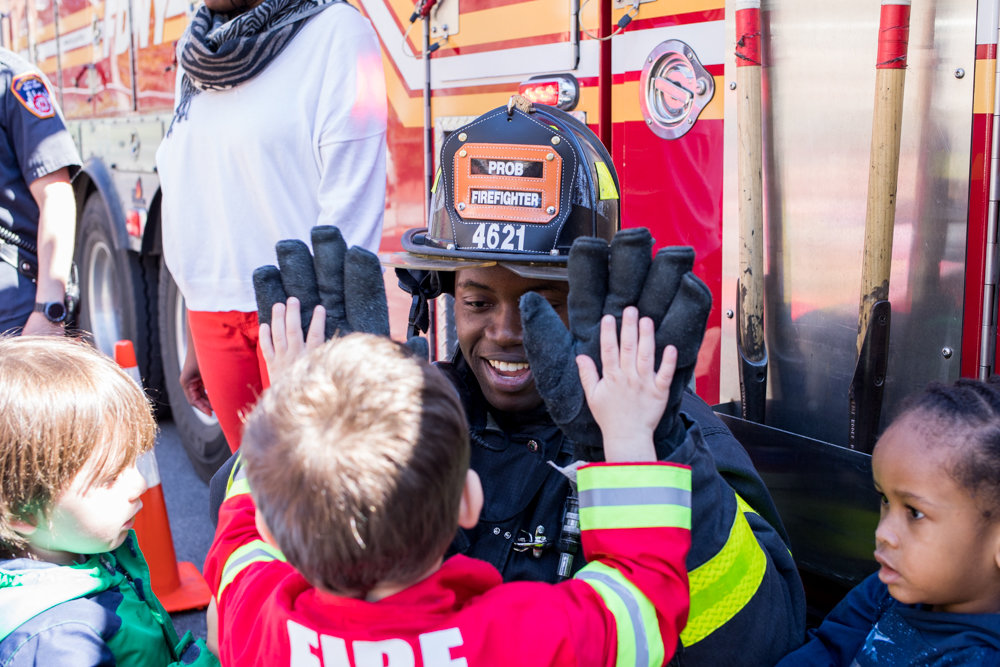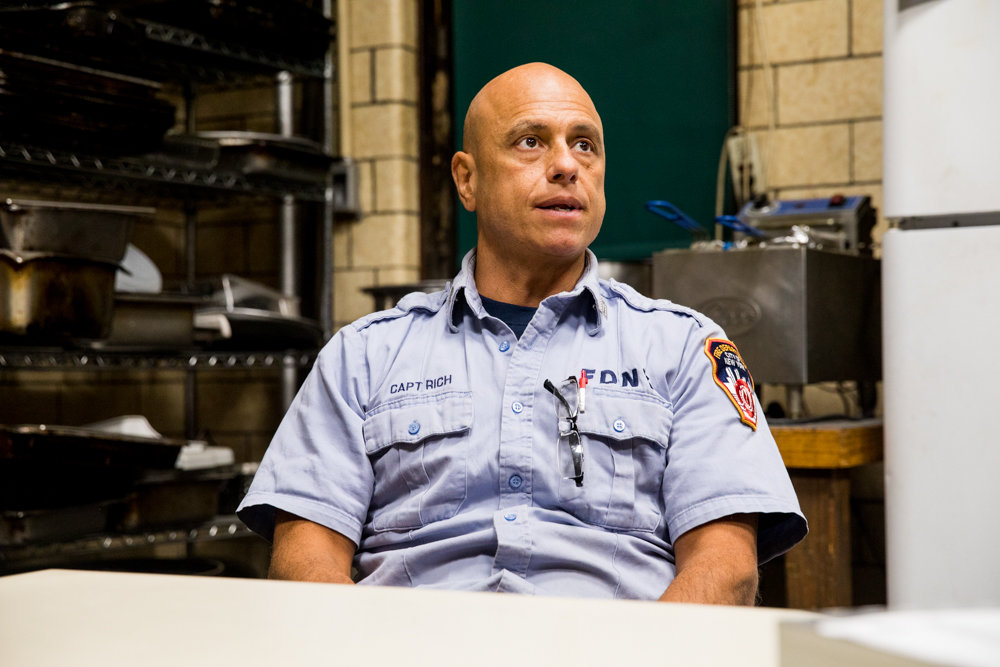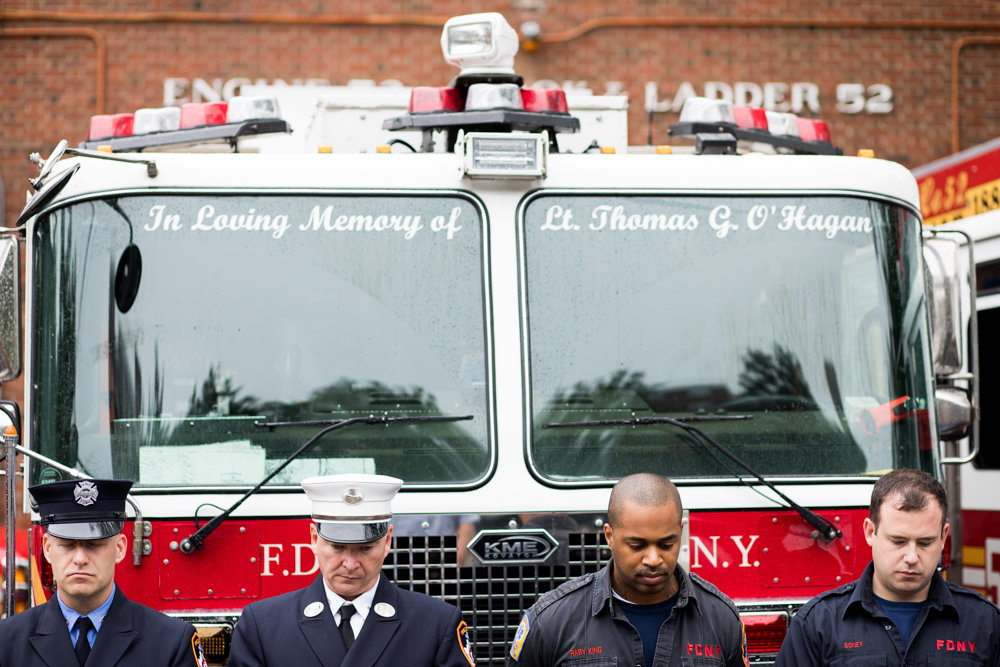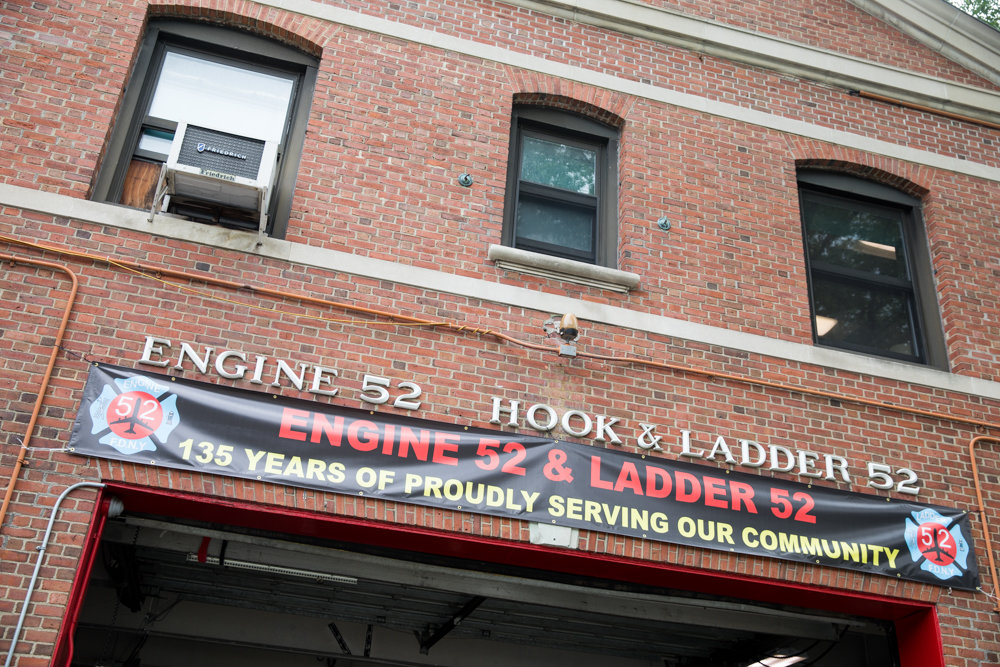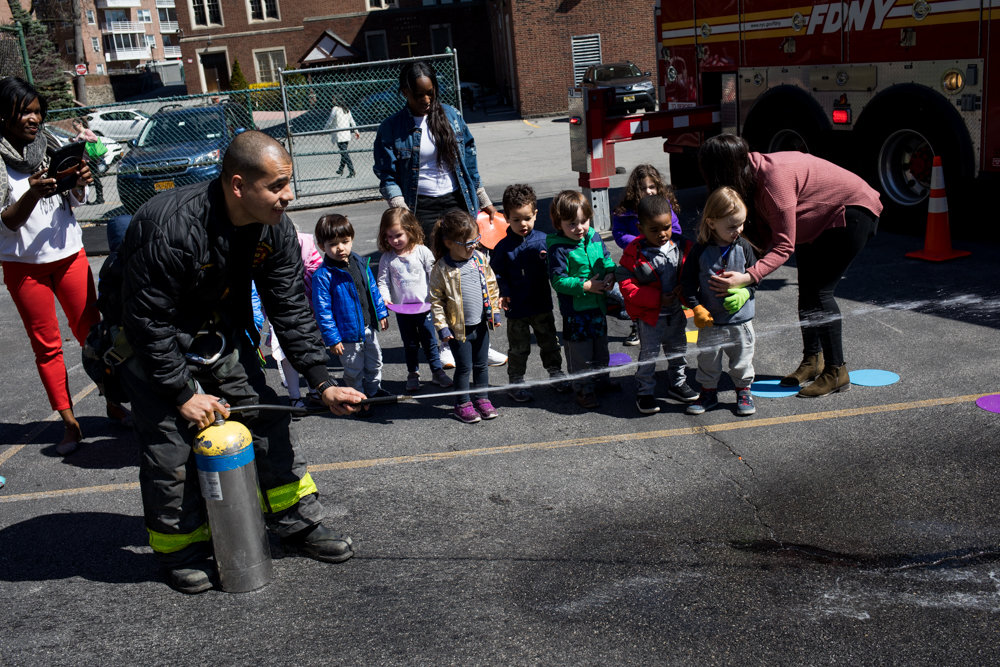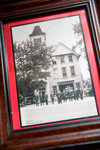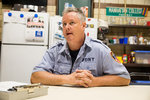Engine 52 celebrates 135 years of making a difference
It was two years before the Statue of Liberty was completed. One year after the first cars crossed the Brooklyn Bridge. And just 19 years after the city formally established the Metropolitan Fire Department — the forerunner to the New York City Fire Department.
Yet, when Engine 52 was established in 1884, Riverdale was still mostly undeveloped land — largely wooded and wild. It would still be another 30 years before the 1 train was extended to West 242nd Street and the Delafields started marking property lines.
“For a Bronx house, this is old,” said Capt. Anthony Rich. “They needed something all the way up here.”
The fire department at the time was small, centered mostly in Manhattan. The relative wilds of the Bronx were uncharted territory for most.
Now, as Engine/Ladder 52 celebrates its 135th anniversary, Lt. Michael Encke has pulled his fellow firefighters together to celebrate a milestone in the station’s history.
“I wanted to do something 10 years ago for the 125th, but it didn’t come together,” Encke said. “When I realized there was another one coming up, I thought we had to do something.”
Keeping up with the times
A lot has changed since 1884. Roughly 50,000 people live in Riverdale alone, now, with an additional 20,000 or so spread between Spuyten Duyvil and Kingsbridge. As people moved into houses and high-rises, firefighting has changed dramatically.
Yet, battling blazes from crowded streets is only part of the job. Firefighters can be called out for any number of issues like gas leaks, car accidents, and even the 2015 Spuyten Duyvil train derailment.
“If you call 911, you’re almost guaranteed to get us,” Rich said. “We clean up a lot of messes, mitigate a lot of situations.”
Just inside the firehouse’s double doors a board lists assignments for the current shift. While fighting a fire may look chaotic to an outsider, Rich said, each crewmember has a carefully assigned job they get at the beginning of their shift.
“You see a fire, you see everybody going all over the place,” said Capt. Charles McCormack, a 24-year fire department veteran. “It looks like everybody’s running around, but every person has a job that he gets that morning. He’s told what his position is for the day.
“Whatever your position is, you do that particular job. So one guy is assigned to the roof, so his job is to get to the roof, no matter what.”
Sometimes a bystander will yell at the firefighter assigned to the roof when they’re entering the next building over. “They’ll be saying, ‘That’s the wrong building!’” McCormack said. “But the best way to reach the roof of the burning building is by first getting to the roof of the building next door and moving over.”
Rich — who joined the fire department 21 years ago — described the firefighting process as a “big ugly ballet” for the spectators watching the events unfold in front of them.
“People observing from the outside don’t know what they’re looking at,” he said.
It’s become much more complicated
Fires themselves have changed dramatically, however. Prior to the 1980s, most buildings were full of organic material — wood and natural fibers like cotton. Modern furniture, clothes and decorations are largely oil-based. Almost everything contains petroleum, said Rich, which burns faster, and hotter than natural materials. And it produces more smoke.
Where new firefighters used to train for six weeks to battle blazes, they now train for four months.
Equipment has changed, too. Where now the staging area floor is dotted with full-body bunker gear, ready to be stepped into and pulled up, past firefighters wore rubber boots that they pulled over their jeans and a long turnout coat, Rich said. The extra protection adds another layer of awareness the firefighters need to have.
“They had no hoods,” Rich said. “They would feel the burning on their ears, and they knew ‘it’s about to flash over, it’s too hot in here, we should back out.’ Whereas we don’t have that. We have to be on our game if we’re in too deep, we’re in too long.
“People think we’re in there with fireproof clothing. Tell that to my bunker coat that we had to put out.”
The architecture of the firehouse stands out. The two-story brick building is younger than the company, built in 1939. But it still holds a lot of history.
“There’s a lot of pride in that history,” McCormack said. “It’s a lot to live up to.”
In fact, some of the station’s original architecture was recently brought back — by accident.
“We actually just exposed all this,” McCormack said, gesturing to the high-tiled ceiling of the station kitchen. “They had drop ceiling put in the ‘70s. It covered all this archway and everything. We had some water leaks, that kind of a thing. So they redid it, and we had them raise it up so you could see some of that stuff.”
Never forgetting
The firehouse’s history is everywhere. Photos of old engines hang in offices. There is even a large, faded collection of photos of the 1980 crew hanging beside the trucks at the front of the firehouse. But the station isn’t stuck in history. Firefighters watch the news on flat-screen televisions from big leather recliners, and fill coffee cups from the kitchen.
When they aren’t saving lives and property, Ladder 52 members find themselves hosting field days and attending community events. Just recently, for example, some members were judges at a cooking competition at Atria Riverdale just down the road.
Classes visit the firehouse pretty regularly, McCormack said, learning about firefighters and the equipment they require to get the job done.
“We give them the whole spiel,” he said. “Have the guys put on the gear, we’ll have the guys slide the pole. We don’t let the kids do that but we have a guy do that.”
After 135 years, Engine 52 is still evolving, and firefighters are learning all the time to keep up with the times.
“Things have changed,” Encke said. “We do lots of training, lots of emergency calls, we respond to all kinds of bad stuff. It’s changed dramatically from 30 years ago.
“I can’t give you a big fire story. But saving somebody? That’s a good story.”

